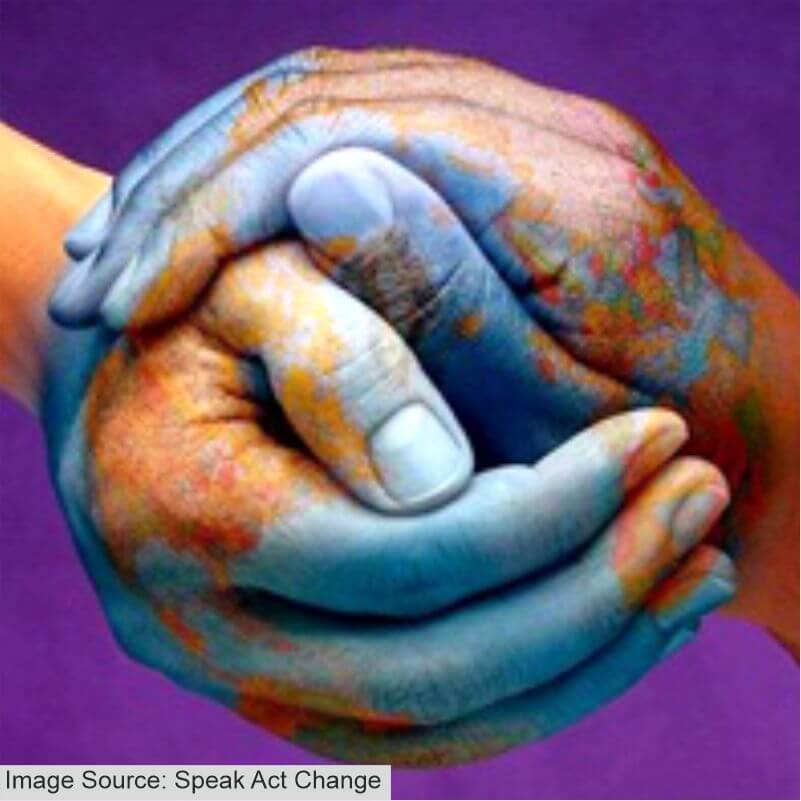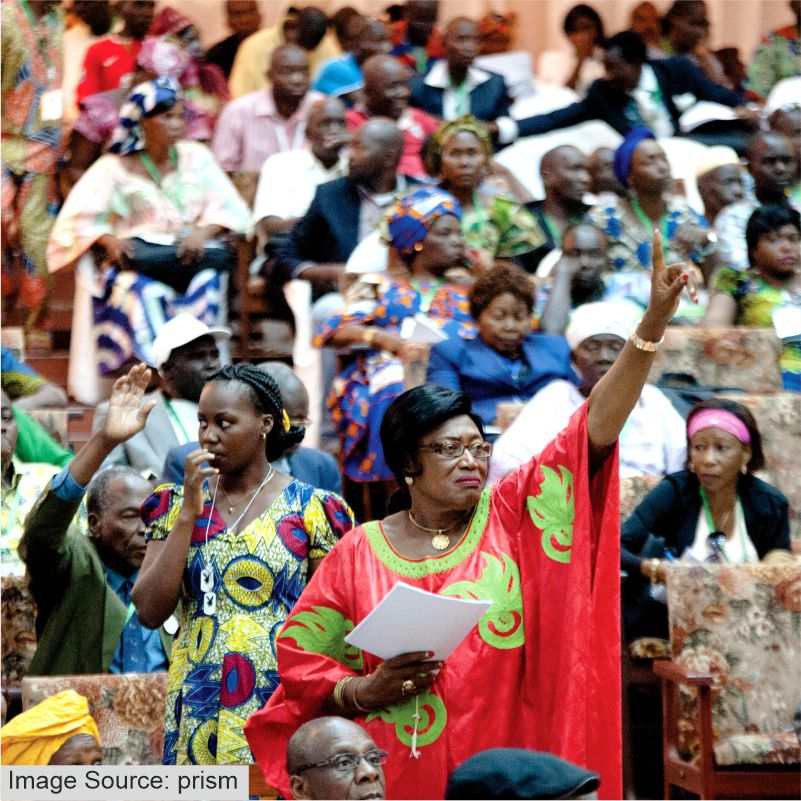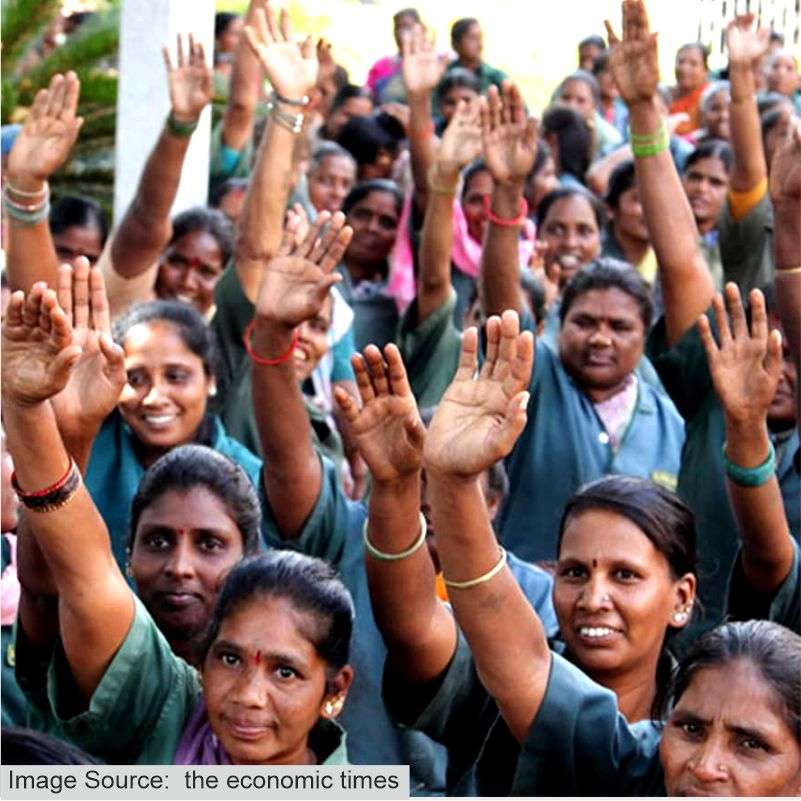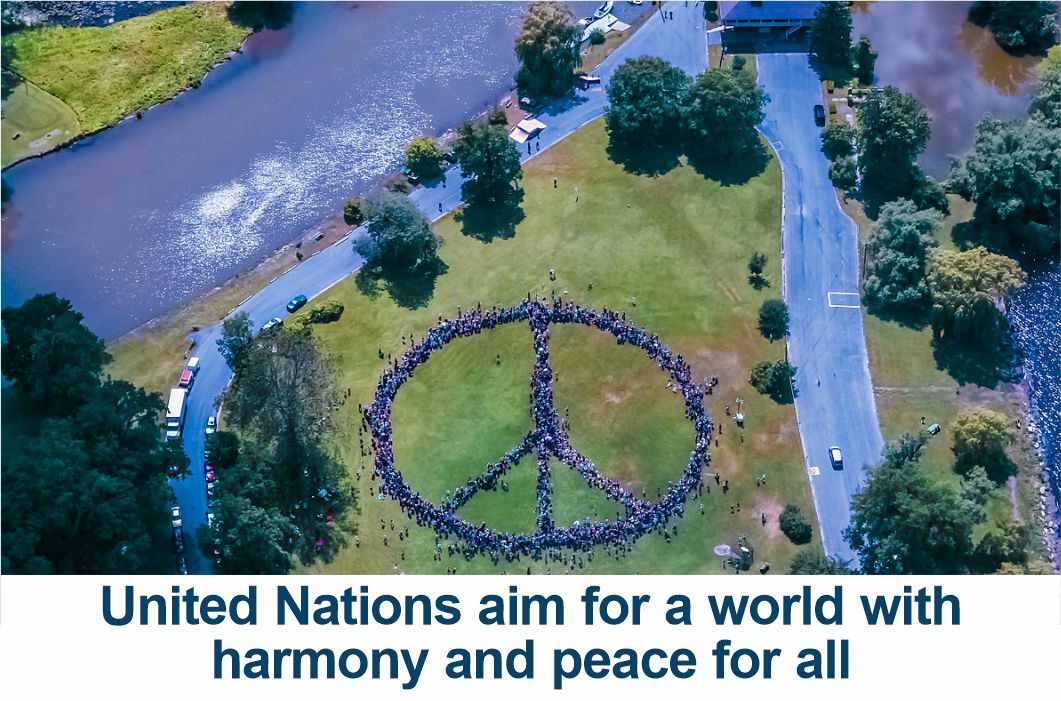The International Day of Peace (or World Peace Day), observed on September 21, promotes peace values within and among all nations and peoples. At a time when war and violence frequently dominate our news cycles, the International Day of Peace serves as an uplifting reminder of what we can achieve when we work together.
The United Nations asks all nations and people to observe a cease-fire on the day and to commemorate the day in other ways, such as through education and public awareness on peace-related causes.
The United Nations General Assembly designated September 3 International Day of Peace in 1981. This day was the first day of the General Assembly's yearly sessions. The day's goal was, and continues to be, to enhance the ideas of peace worldwide.
Two decades after establishing this day of honour, the legislature changed the date to September 21, 2001. So, beginning in 2002, September 21 has been designated as a day to debate how to create and sustain peace among all peoples, as well as 24 hours of global cease-fire and nonviolence for those embroiled in active combat.
Peace is attainable. Throughout history, most societies have coexisted for the most part. Today, we are far less likely than our parents or grandparents to die in a war. Governments have been committed not to use force against others since the formation of the United Nations and the Charter of the United Nations unless they are acting in self-defence or have been authorised to do so by the UN Security Council.
History
This day, declared by the United Nations in 1981, serves as a "globally shared data for all humanity to pledge to peace above all differences and to contribute to the development of a culture of peace."

Also known as World Peace Day, the official date was September 21, 2001. It was observed on the third Tuesday of September during the initial session of the annual General Assembly.
The United Nations Peace Bell is rung at UN Headquarters in New York City to mark the occasion. The United Nations Association of Japan donated the Peace Bell in June 1954. The bell was made from coins and medals donated by officials of the Member States, the Pope, and people from over 60 countries who supported his initiative. The bell tower was inspired by the Hanamido (a little flower-adorned temple that represents the birthplace of Buddha).
The Peace Bell is rung twice a year: on the first day of spring, at the Vernal Equinox, and on September 21 to commemorate the International Day of Peace. On the International Day of Peace, the United Nations Secretary-General rings the bell to pray for world peace in the presence of Permanent Mission representatives and UN Secretariat officials.
Theme and Goals for 2022
The theme of the International Day of Peace in 2022 is "End Racism, Build Peace", but true peace requires much more than laying down guns. It necessitates the creation of societies in which all members believe they can thrive. It entails building a world where everyone is treated equally, regardless of race.

As Secretary-General António Guterres mentioned:
"Racism continues to poison institutions, social structures, and everyday life in every society. It continues to be a driver of persistent inequality. And it continues to deny people their fundamental human rights. It destabilises societies, undermines democracies, erodes the legitimacy of governments, and the linkages between racism and gender inequality are unmistakable.
We have seen race-based prejudice at borders as wars continue to flare worldwide, forcing people to flee. We have seen how certain racial groups have been struck much harder than others as COVID-19 attacks our neighborhoods. As economies weaken, hate speech and violence against racial minorities have increased.
We are all responsible for promoting peace. And combating racism is a critical way to help.
We should try to demolish the structures that perpetuate racism in our midst. We can help movements for equality and human rights throughout the world. We can speak out against hate speech both offline and online. Anti-racism can be promoted through education and reparatory justice.
How is Peace Day observed?
The day is dedicated to observing 24 hours of nonviolence and cease-fire. Today, more than ever, it is critical to promote peace and open-mindedness for acceptance across gender, ethnicity, and region. Individuals and organisations worldwide participate in activities and stage events centred on a specific topic for the year. Activities range from private gatherings to major ceremonies, festivals, and concerts that spread the message of peace to big crowds.
Educational institutions also take the lead, organising art exhibitions and lessons for students to discuss how different cultures celebrate peace and to learn about historical conflicts and wars so that mistakes are not repeated. Individuals participate in activities such as planting trees or releasing imprisoned animals, as every small gesture contributes to the propagation of the message of peace and love.
How can we assist?

Peace is a group effort, yet every person's actions matter and can have ripple effect on society. Child Help Foundation has incorporated the concept of peace and community service into all of its activities, from gender equality to malnutrition, excellent education, and water and sanitation. Child Help Foundation is a community-driven organisation that seeks to make the world a better, more egalitarian, and more compassionate place for children to grow up in. Peace is the foundation of it all.
References:
International Day of Peace: Date, History, Activities ... - Famvibe.
International Day of Peace Speech in English: Short & Long.
https://kmatkerala.in/international-day-of-peace-speech/UN / INTERNATIONAL PEACE DAY | United Nations UN Audiovisual Library.
https://www.unmultimedia.org/avlibrary/asset/2933/2933417/